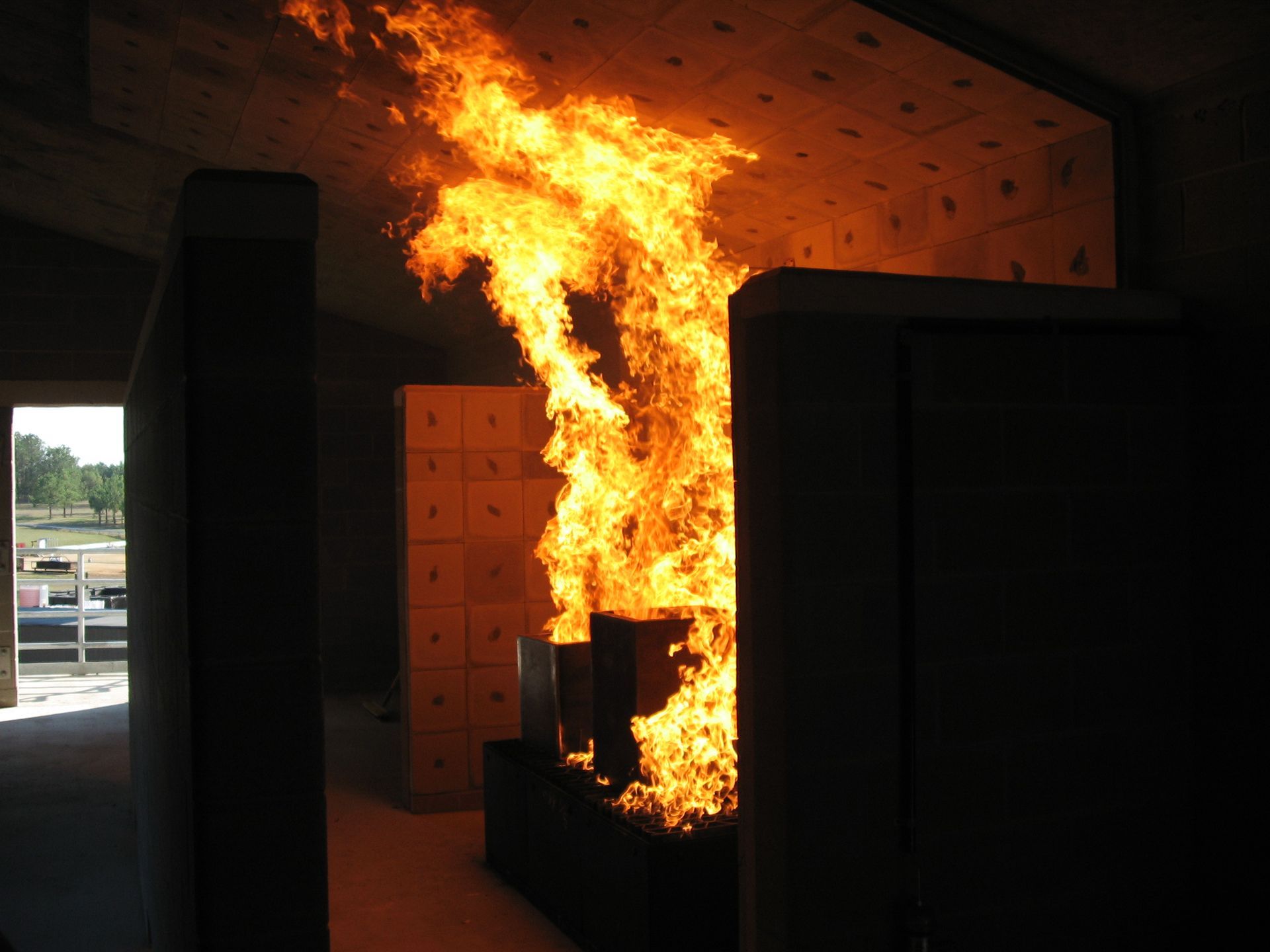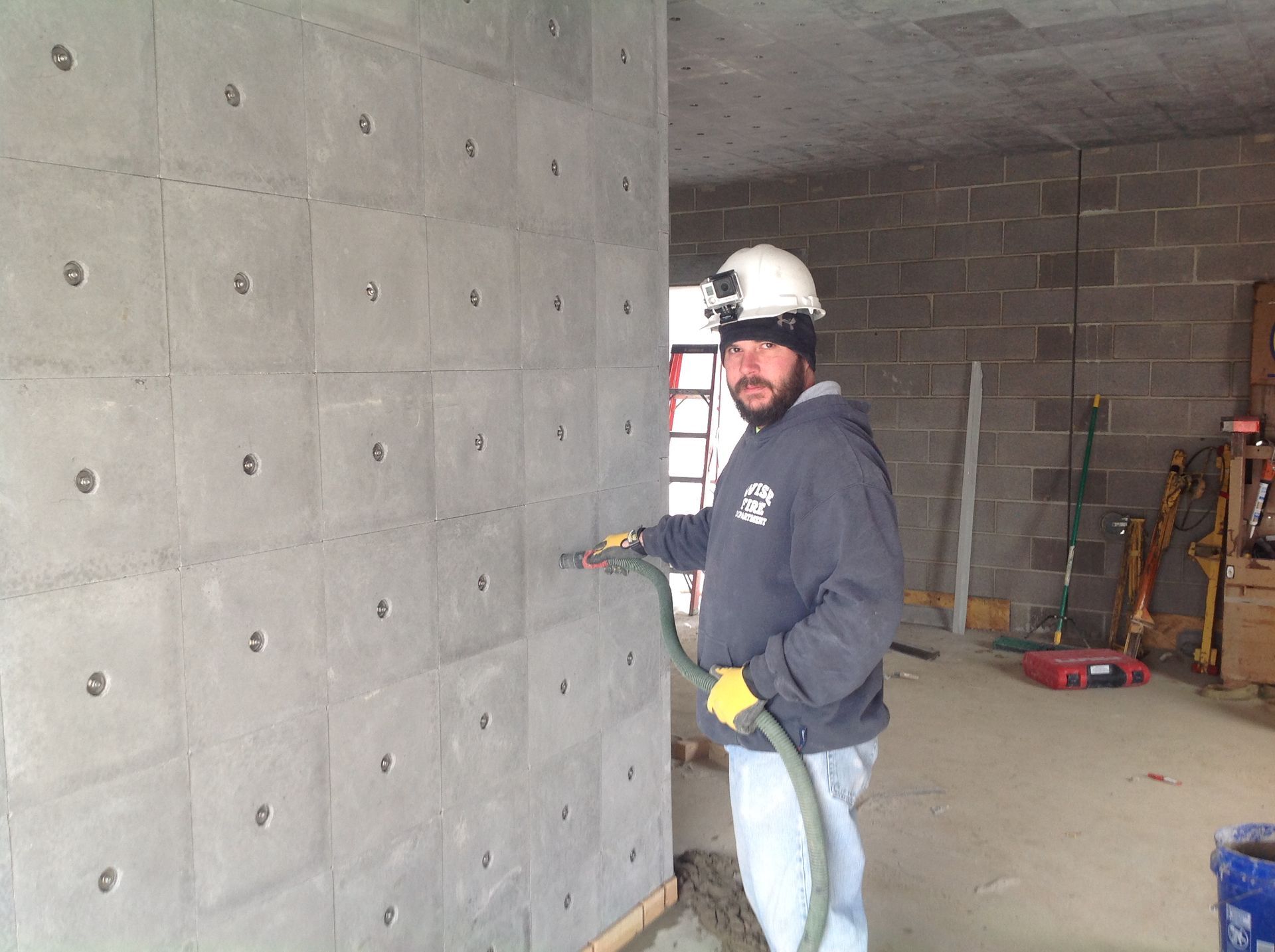Regarding Warranties

Regarding Warranties
First, understand that every thermal lining system on the market is susceptible to damage and replacement. Every system needs to be routinely inspected and maintained; not only as a practical component of a reasonable standard of care, but also as a requirement mandated by NFPA’s 1403 Standard on Live Fire Training Evolutions, Chapter 7.
Though System 203 is also imperfect, HTL has achieved our initial goal of producing a thermal lining system that will last well over twenty years without replacement. We have several twenty year plus systems that are still in service for large municipal fire departments; and many more that are over fifteen years old. This is a track record that is hard to match. We are so confident that we list every completed project with contact information on this website. We are unaware of another company that does the same.
Nevertheless, our competition is very good at making promises. One of our competitors came out with a new composite lining system about ten years ago. They offered a dandy fifteen year warranty to attract new business. Turns out the warranty only covered the insulation behind the protective shield which proved not to be so protective. Today, another competitor says they also have a fifteen year warranty. But the actual warranty doesn’t cover labor, and only covers 100% of the material cost for five years as long as other conditional provisions are met. After that, your cost for materials is prorated.
HTL offers a five year warranty. Labor and materials. Five years. We also have conditions, but basically we cover our full system for five years. But really, who cares? We almost never get called. And frankly, we have been known to repair systems that are older than five years if we feel we made a mistake. The bottom line is that our customers can realistically expect our lining systems to last twenty years or more. That was our goal in the beginning, and we can honestly say we are generally meeting or exceeding that goal. So if you’re looking for a proven history of performance, try us out. If you’re looking for empty promises, you’ve come to the wrong place.
Just ask our customers!



